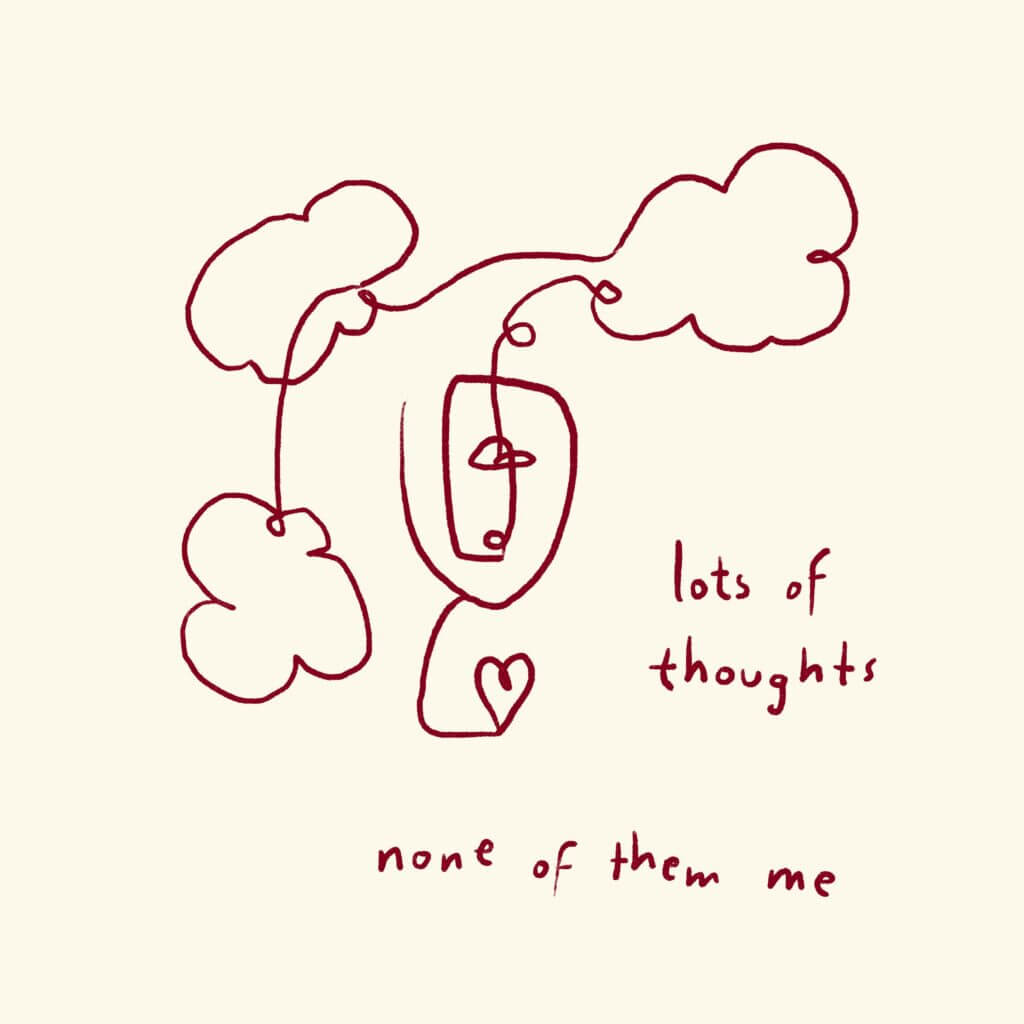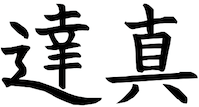In the previous post, I discussed what circling in general is. In this post I’ll describe more about the style of circling we are developing at the Monastic Academy, as I understand and have practiced it.
While we have been most strongly influenced by the Circling Europe style of circling, a number of factors have helped us to develop our own unique flavor.
First, we are circling with people that we live with in community. While we welcome guests into our environment, our circles always have a core of residents and apprentices from our training program present. I believe this creates a unique difference, insofar as we are not circling with strangers, and we also live, work, and train alongside the people we are circling with.
Second, we are circling with meditation practitioners. Many members of our community have extensive experience with meditation, and everyone who is part of our community for even a day has had at least some exposure to meditation. Meditation allows practitioners to develop a high level of awareness into their consciousness and reality, and circling helps bring that awareness into interpersonal relationships.
Third, we regularly hold Circling Retreats, multi-day intensives dedicated to exploring circling as a practice. These retreats are held within the container of the monastic training—we start and end each day with meditation and chanting. Exploring circling over several days with the same group of people helps a new depth of circling to emerge. While other groups also hold multi-day intensives, the monastic structure encourages and strengthens this depth in a unique way.
Finally, we are trying to explore circling through a Buddhist lens. What exactly Buddhist Circling is, or could be, is something of a puzzle or a riddle. No one knows exactly what it is, but we are trying to explore it.
One way of asking this question about circling and Buddhist practice is, can Circling support us as we walk the Noble Eightfold Path? Soryu Forall spoke about this in his talk, Circling and the Noble Eightfold Path.
One critical aspect of the Noble Eightfold path is Right Speech. In the Buddhist context, Right Speech is a voluntary practice that one takes up to develop spiritually. Traditionally, Right Speech is defined as timely, accurate, kind, useful, and spoken with a mind of goodwill.
Circling involves speaking, and so it is a chance to explore Right Speech. Since you also use your mind and body during circling, it is also a chance to practice Right Thought and Right Action.

From the Buddhist perspective, Circling affords several other benefits:
- helps you see and understand suffering more clearly, whether your own or someone else’s
- helps you identify, provide counter-evidence for, and remove wrong views
- gives you an opportunity to practice surrendering to something beyond conception
Although Circling was not a traditional Buddhist practice, I believe Circling is valuable for contemporary Buddhists, as we strive to walk the path in the modern world.
I also believe that bringing a Buddhist perspective to Circling amplifies the benefits of circling and moderates its risks and potential harms.
The art in this post was created by Sílvia Bastos, and is licensed under a CC BY-NC-SA 4.0 license. You can support her work on Patreon.
